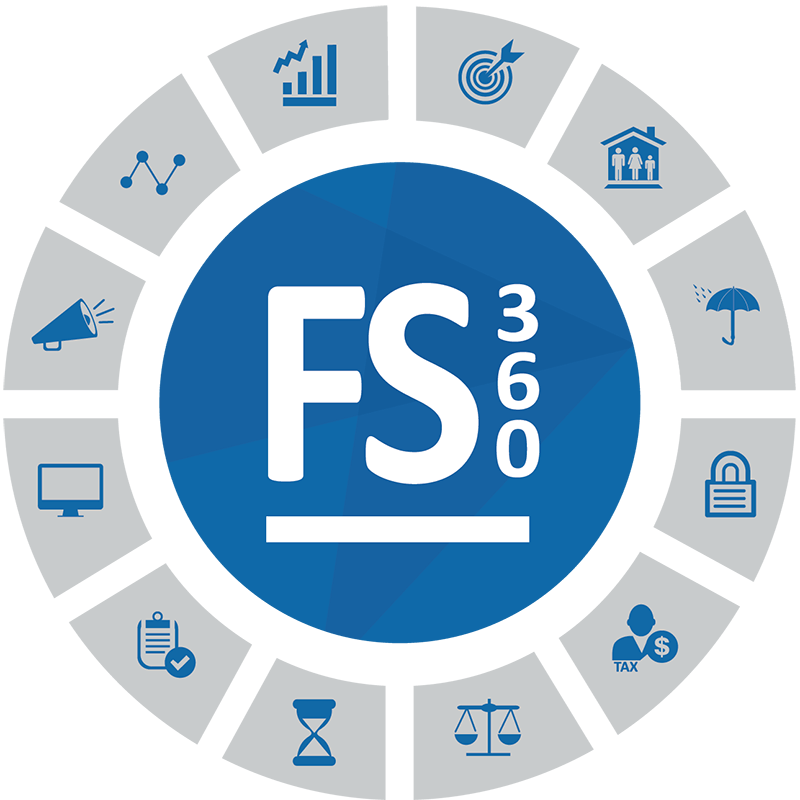Understanding Single Touch Payroll
From 1 July 2018 a new payroll reporting system will come into effect called Single Touch Payroll. With a staggered introduction period, this is an additional ATO reporting obligation and will become mandatory for all employers.
What is Single Touch Payroll?
The STP system aligns an employer’s payroll reporting obligations to their payroll processes. In short, every time you pay your employees, all information included on a payslip will be relayed directly to the ATO.
The information provided to the ATO includes employee’s salaries and wages, allowances, deductions and other payments, pay as you go (PAYG) withholding and superannuation. The first year is a transition year, and we are told by the ATO that generally penalties will not apply.
Who does it apply to?
Employers of 20 or more employees:
- The employee count means 20 Employees or more from all employees, including part time, and casual employees who worked any time during March, and any employee on leave whether paid or unpaid, not just FTE’s or equivalent. It does not include independent contractors. If you are part of a company group, you must include the total number of employees by all member companies of the wholly-owned group.
- Once you start STP reporting you must continue, even if your head count drops below 20.
- STP reporting will commence on 1 July 2018 if your software is ready.
- Some payroll software providers have requested a deferred start date to update their products – please check with your provider to see if they have a deferred start date.
- If your software will be ready by 1 July 2018 but you are not ready, you will need to apply to the ATO through the Business Portal, for a deferred start date but this only applies in extenuating circumstances. More information on qualifying for and applying for deferrals and employee head counts is available here: https://www.ato.gov.au/Business/Single-Touch-Payroll/
Employers of 19 or less employees:
- STP will be mandatory from 1 July 2019, subject to legislation passing in parliament.
- You can choose to report through STP before 1 July 2019 if your software is ready.
What will change?
- The following information must be reported to the ATO on or before the day you withhold from a payment (the pay day):
- payment information, including salary or wages, allowances, deductions, etc.
- withholding amounts
- superannuation liability information or ordinary times earnings (OTE).
- Employers who fully report all the information required through STP will not have to comply with a number of other reporting obligations under the existing law. This includes providing certain payment summaries and the corresponding payment summary annual report (PSAR). However, an annual finalisation declaration will need to be lodged with the ATO.
What should I do to get ready?
- Count your employees to determine which commencement date applies to you. The number is based on a headcount, not Full Time Equivalents (FTE). Therefore, casual, part-time or seasonal staff members count as one employee each. Directors and officeholders are not included in the headcount.
- Talk to your payroll software provider to find out how and when your current payroll solution will be ready for Single Touch Payroll (STP).
Your payroll software provider may offer STP reporting in one of the following ways:
- An end-to-end solution, which allows employers to report and send the file directly to the ATO.
- A solution which allows employers to report through their software and send the file through a third party, which is integrated into the software.
- A solution that offers STP reporting only. Employers will need to send the file to the ATO separately through a third party, such as a sending service provider (SSP).
Your provider can let you know which solution they offer.
- Review your payroll processes to ensure that you have accurate employee information, and confirm that you are calculating pay, super and PAYG withholding correctly.
- If you currently report your payroll obligations on paper, or your payroll software does not offer an STP solution, you may need to consider a new payroll system. Talk to the team at PJT if this applies to you and we can guide you on appropriate systems.
If you need assistance in getting ready for STP, or have questions or concerns, please contact PJT. We can assist you with your software requirements, reviewing your payroll processes, and ensuring that you are ready for transition to STP.
More information is available through the ATO’s Single Touch Payroll section: https://www.ato.gov.au/Business/Single-Touch-Payroll/
Latest News







